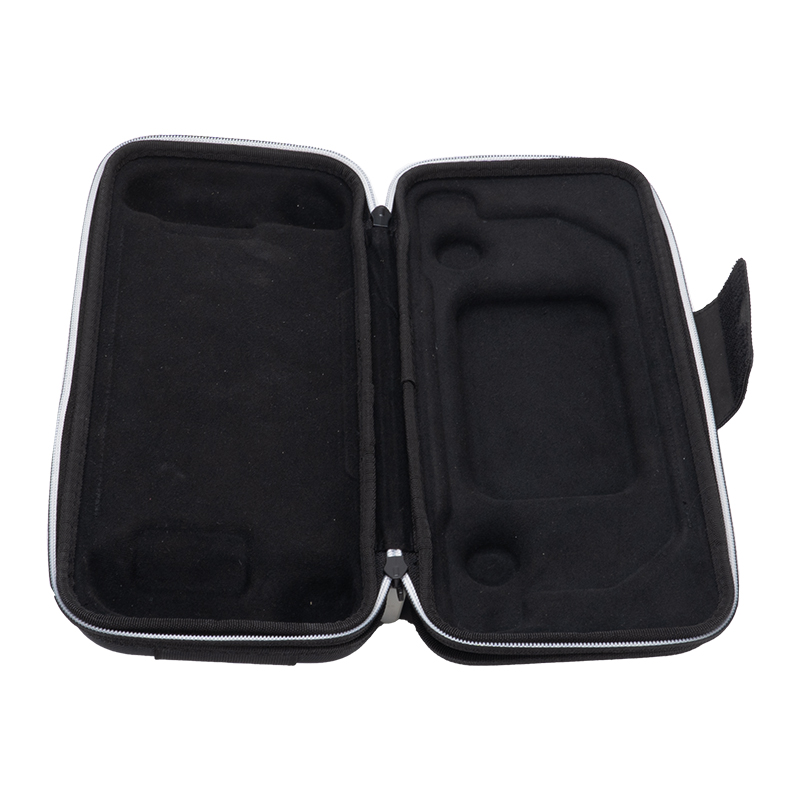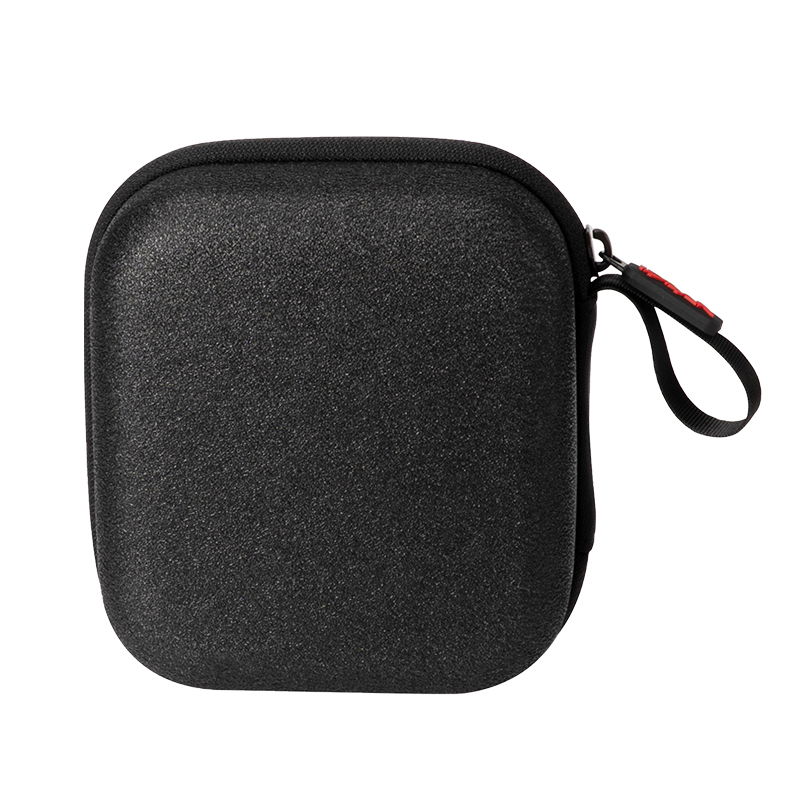

SEARCH THE BLOG

home > Knowledge Center > Article details
EVA CASE Industry Insights: Value and Trends from a Manufacturing Perspective
Time of issue : 2025-09-30 16:50:41

I. Market Positioning of EVA CASE
EVA CASE, short for Ethylene Vinyl Acetate hard shell case, has become a widely used protective solution thanks to its lightweight structure, shock resistance, compression resistance, and strong plasticity. It plays an essential role across industries such as consumer electronics, tool storage, medical devices, and sports equipment.
Whether it is a portable case for wireless earbuds or a professional box for medical instruments, EVA CASE provides reliable protection and convenience. At the heart of this industry, however, lies the manufacturing process, which determines product quality, durability, and competitiveness.
II. Manufacturing Process of EVA CASE
The production of an EVA CASE generally involves six major stages: material preparation → die cutting → hot-press molding → lamination/sewing → surface finishing and assembly → quality inspection. The level of precision and consistency in each stage defines the final product’s value.
1. Material Preparation
Core material: EVA foam sheets, with hardness typically between 35°–75°, selected based on application requirements.
Auxiliary materials: Outer fabrics (nylon, Oxford cloth, PU leather), zippers, inner linings, foam dividers.
Key point: Material consistency and compliance with environmental standards (ROHS, REACH) are critical for international markets.
2. Die Cutting
EVA sheets are cut into desired shapes using die-cutting molds or CNC machines.
Precision: Errors must be within ±0.5mm; otherwise, deviations will affect molding and assembly.
Trend: CNC cutting is increasingly replacing traditional die cutting, enabling flexible and small-batch production.
3. Hot-Press Molding
The core stage of EVA CASE manufacturing.
Principle: EVA sheets are heated and pressed into molds, forming the hard shell structure.
Critical factors:
Temperature control (usually 160–200℃)
Pressure uniformity
Mold accuracy (determines smoothness and aesthetics)
Trend: Automated hot-press machines and multi-station molding lines are boosting efficiency.
4. Lamination and Sewing
Lamination: EVA shells are bonded with fabric covers using eco-friendly adhesives.
Sewing: High-strength nylon or polyester threads secure zippers and fabrics. Both durability and neat appearance are essential.
Differentiation: High-end products often feature seamless lamination or hidden stitching for a premium look.
5. Surface Finishing and Assembly
Outer layer treatments include waterproof coating, printing, embossing, heat transfer, or silk-screen logo application.
Inside, foam inserts, Velcro straps, and customized compartments can be added.
This stage provides the highest level of customization, key for brand differentiation.
6. Quality Inspection
Appearance: Smooth zippers, even stitching, flat surfaces.
Performance: Pressure resistance, drop resistance, waterproof testing.
Certification: Compliance with CE, ROHS, REACH and other international standards.
III. How Craftsmanship Defines Value
Precision and Texture
High-quality molds and strict temperature control result in sleek lines and a premium look, while poor craftsmanship leads to bubbles or deformation.
Structure and Functionality
Die cutting and hot pressing allow the creation of complex cavities—slots for earbuds, tool kits, or medical devices—enhancing functionality.
Appearance and Branding
Surface finishing and logo customization turn an EVA CASE from a simple protector into a branding tool.
Sustainability and Compliance
More clients demand eco-friendly and recyclable materials. Meeting international compliance standards is now a decisive factor in global trade.
IV. Industry Trends and Opportunities
1. Automation and Smart Manufacturing
Automated hot-press machines and intelligent cutting systems are improving efficiency, reducing labor costs, and ensuring product consistency.
2. Customization and Flexible Small-Batch Production
B2B buyers demand diversity. Brands increasingly prefer small-batch, multi-style customization. Digital sampling and flexible manufacturing are becoming competitive advantages.
3. Premiumization and Multi-Function Integration
High-end markets, such as consumer electronics and medical devices, require EVA CASE products that offer not only protection but also multi-functionality, such as waterproofing, impact resistance, and even charging capability.
4. Sustainability and Green Supply Chains
The industry is moving toward recyclable EVA, bio-based materials, and eco-friendly production processes to align with global green supply chain trends.
V. Conclusion
An EVA CASE may look like a simple product, but behind it lies a synergy of materials science, mold engineering, hot-press technology, sewing craftsmanship, and surface finishing. The manufacturing process determines not only the quality and aesthetics but also the brand’s competitiveness in the global market.
With global consumption upgrades and cross-border e-commerce booming, the EVA CASE industry is entering a stage of process innovation and market expansion. Companies that continue to invest in manufacturing excellence will stand out in future competition.
Dongguan Chfine Luggages And Cases Co., Ltd.
Recommend news
A watch is more than just a tool for telling time—it represents personal taste, craftsmanship, and sometimes even cherished memories. Whether you are a collector with multiple luxury watches or someone who simply wants better everyday protection, a quality watch storage case is an essential accessory. Designed to safeguard your timepieces from scratches, dust, moisture, and impact, a watch storage case ensures that every watch stays in pristine condition wherever you go.
11/17/2025
manufacturer of custom EVA cases
10/28/2025

Contact Us
Contact: Roger Young
Tel: +86 13829257690
Email:sale@chfine.com
Address: 72#,Dongbao Road,Houjie Town,Dongguan,Guangdong,China.
JOIN TEAM
Be the first to get new knowledge
FOLLOW







Chfine(CN) | EVACAMARA CASE | RX packaging
COPYRIGHT @ 2022 ,Dongguan Chfine Luggages And Cases Co., Ltd. All rights reserved







